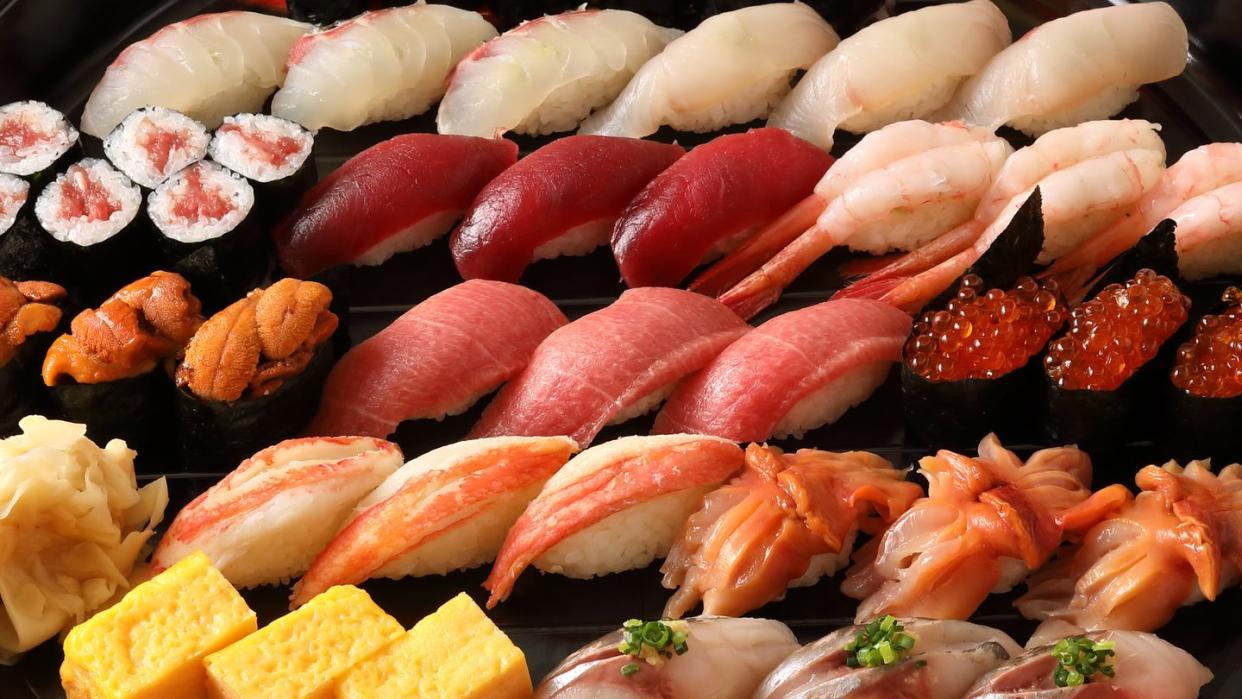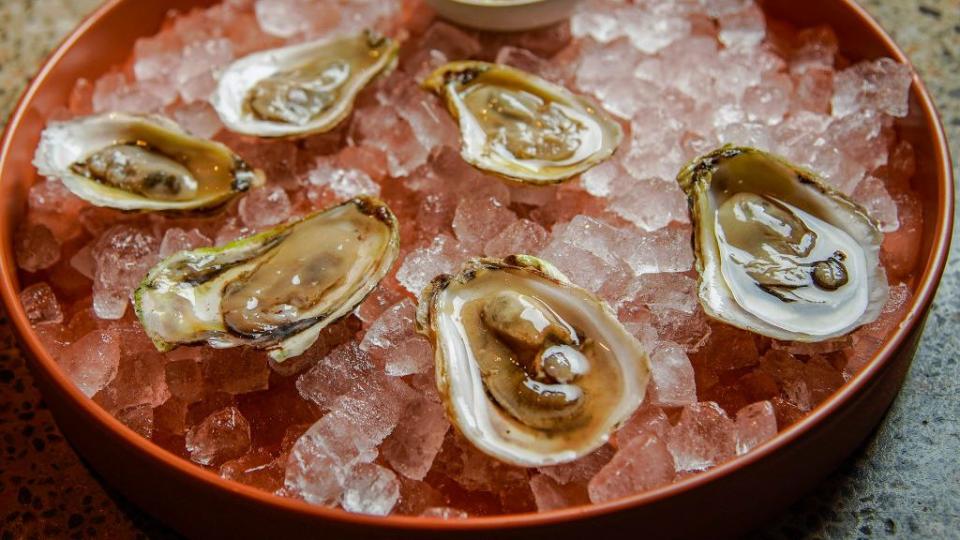The Hidden Dangers Of Eating Sushi & Raw Oysters

This past summer, there were several deaths in the U.S. linked to raw oysters. But oysters aren't the only delicacy from the sea harboring potentially harmful bacteria; any raw fish or shellfish could pose potential dangers.
"Consuming raw or undercooked fish or shellfish, or food containing raw or undercooked seafood, can put consumers at an unnecessary risk of a variety of foodborne illnesses," an FDA official wrote in an email to Delish. Vibrio vulnificus was the bacteria responsible for the oyster deaths this summer, but there are plenty of other bacteria, viruses, and foodborne illnesses linked to undercooked or raw seafood. These include salmonella, listeria, noroviruses, and hepatitis A, according to the FDA.
So before you eat a raw oyster from ever-warming waters, here's everything you need to know about the potential dangers of eating raw seafood.
Bacteria
Several bacteria can cause foodborne illnesses, such as salmonella, listeria monocytogenes, and, the big one, Vibrio. Of the estimated 80,000 annual vibriosis illnesses in the U.S., about 52,000 are from eating food containing Vibrio, according to the CDC. This is a bacteria that inhabits the warm, coastal waters where oysters live.
You can contract vibriosis by eating an oyster or any undercooked piece of seafood that has the bacteria. You can also get it from swimming with an open wound.
"It's important to note that an oyster that contains Vibrio doesn't look, smell, or taste any different from other oysters," said the FDA spokesperson. And since hot sauce, lemon juice, and alcohol won't kill Vibrio, the only way to really be safe is to cook the oysters.
While oysters are often the culprit of Vibrio infections, crawfish, crab, clams, mussels, and scallops have also been linked to the illness. It's less common to get an infection from undercooked fish, but the CDC says that it still happens.

Parasites
Raw and undercooked seafood can also be contaminated with anisakid nematodes, a type of worm that can cause a disease called anisakiasis. CNN reported about the illness and a study that calls it a "growing disease" in Western countries. The worms invade the stomach wall or intestine and can cause abdominal pain, vomiting, and diarrhea, and sometimes need to be removed by endoscopy or surgery.
Viruses
Norovirus causes about 50 perfect of all outbreaks of food-related illness, according to the CDC. Any food can be contaminated by norovirus or hepatitis A if it's handled by an infected person. But shellfish can also be harvested in contaminated water and then transmit the viruses.
Safety Recommendations
When it comes to buying seafood, Janilyn Hutchings, food scientist at StateFoodSafety and a Certified Professional in Food Safety, recommends making sure it's in a temperature-controlled display case. Frozen seafood should be frozen solid and have no ice crystals on packaging. You'll also want to make sure you're aware of any recalls, and if you're fishing yourself, knowledgeable of any seafood contamination.
"As with any type of food, it is important to handle seafood safely to reduce the risk of foodborne illness," an FDA spokesperson said. You can follow the FDA's food safety guidelines to prevent illness. And if you still want to enjoy raw oysters, the FDA recommends looking for oysters that are processed with an approved method that reduces Vibrio. This could include high-pressure processing or pasteurization. But if you're pregnant, elderly, or have a compromised immune system and could be extra susceptible to foodborne illnesses, Hutchings recommends avoiding raw or undercooked seafood completely.
You Might Also Like

